Acronicta (Triaena) cf. psi
(Linnaeus, 1758)
-
 Subfamily: Acronictinae
Subfamily: Acronictinae -
 Wingspan: 33-43 mm
Wingspan: 33-43 mm -
 Flight period: Mar - Sep
Flight period: Mar - Sep -
 Spread: Common
Spread: Common -
 Host plants: Polyphagus
Host plants: Polyphagus
Information
The Acronicta psi also called Grey Dagger is a moth of the Noctuidae family, Acronictinae subfamily, with a wingspan of 33-43 mm.
It is distributed in most of Europe, it is absent from Iceland.
In Italy it is also present in the islands. *
Its range extends from North Africa to Northern Iran, Central Asia, Southern and Central Siberia in Mongolia as well as Lebanon and Israel.
The Acronicta psi wings are gray with black dagger-shaped markings. (The Latin specific name also refers to these signs,
similar to the Greek letter psi ψ ), starting from the basal region in the direction of the outer margin. Other markings are visible both on the wing and on the costa. **
The hind wings are dirty gray, generally lighter in the male.
Head, thorax and abdomen are in the colors of the wings.
bivoltine moth the Acronicta psi flies mainly in two generations sometimes overlapping from March to September *** depending on the latitude,
it is mainly nocturnal and is attracted to light and sugary substances. These moths live mainly in deciduous forests, hedges, parks and gardens,
at an altitude of up to 1,500 meters.
This moth is very similar to its congener Acronicta tridens and identification is usually only possible with a minute examination of the genitals.
The larvae of the two species are very different. In this case, the identification was made on the basis of the period of discovery (early May) but the cf. it is a must.
The Acronicta psi larva has many hairs, and has red spots along the sides, and a broad yellow stripe along the back.
It has a distinctive horn just behind its head.
The species overwinters at the pupal stage in a cocoon which is often applied under fallen bark or in rotten wood.
Caterpillars can be found from June to early October.
The chrysalis is dark brown / brown in color with numerous appendages on the Cremaster.
The larva is polyphagous and feeds on Acer platanoides (Norwegian maple), Aegopodium podagraria (elderberry), Alnus glutinosa, Alnus incana (alder),
Amelanchier spicata, Betula verrucosa, Betula pubescens (birch), Corylus avellana (hazel), Cotoneaster, Crataegus oxyacantha, Crataegus coccinea (hawthorn),
Malus domestica (apple), Photinia, Populus tremula, Populus suaveolens (poplar), Prunus domestica, Prunus cerasus, Prunus avium, Prunus padus, Pyrus communis (pear),
Quercus robur (oak), Rose, Rubus idaeus (bramble) Salix caprea, Salix phylicifolia (willow), Sorbus intermedia, Sorbus hybrida, Sorbus aucuparia, Spiraea salicifolia,
Tilia (lime tree) and Ulmus glabra (elm).
* Lepidoptera mundi https://lepidoptera.eu/ - Fauna Europea https://fauna-eu.org/
** Bestimmungshilfe für die in Europa nachgewiesenen Schmetterlingsarten - http://lepiforum.de/
*** Roland Robineau, Guide de papillons nocturne de France, Delachaux et Niestlé, 2011 p.112
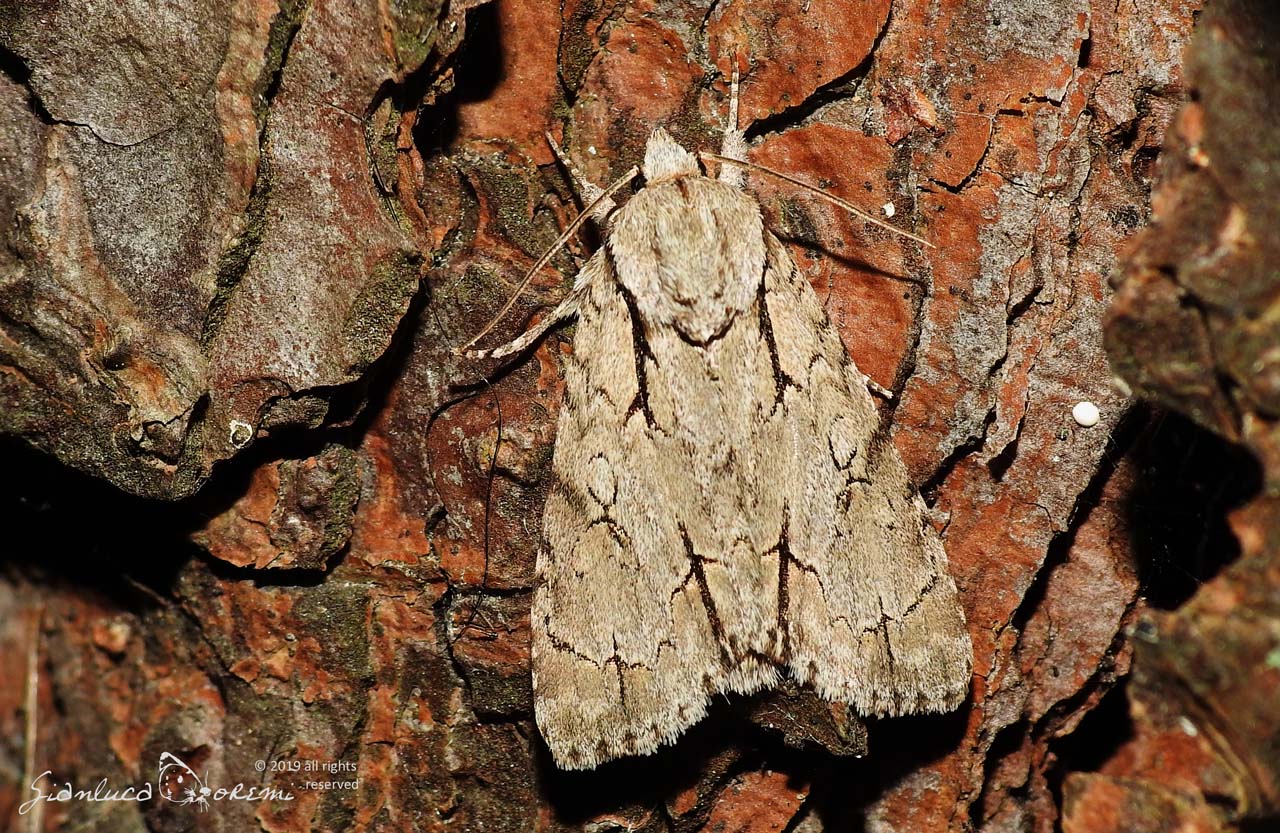
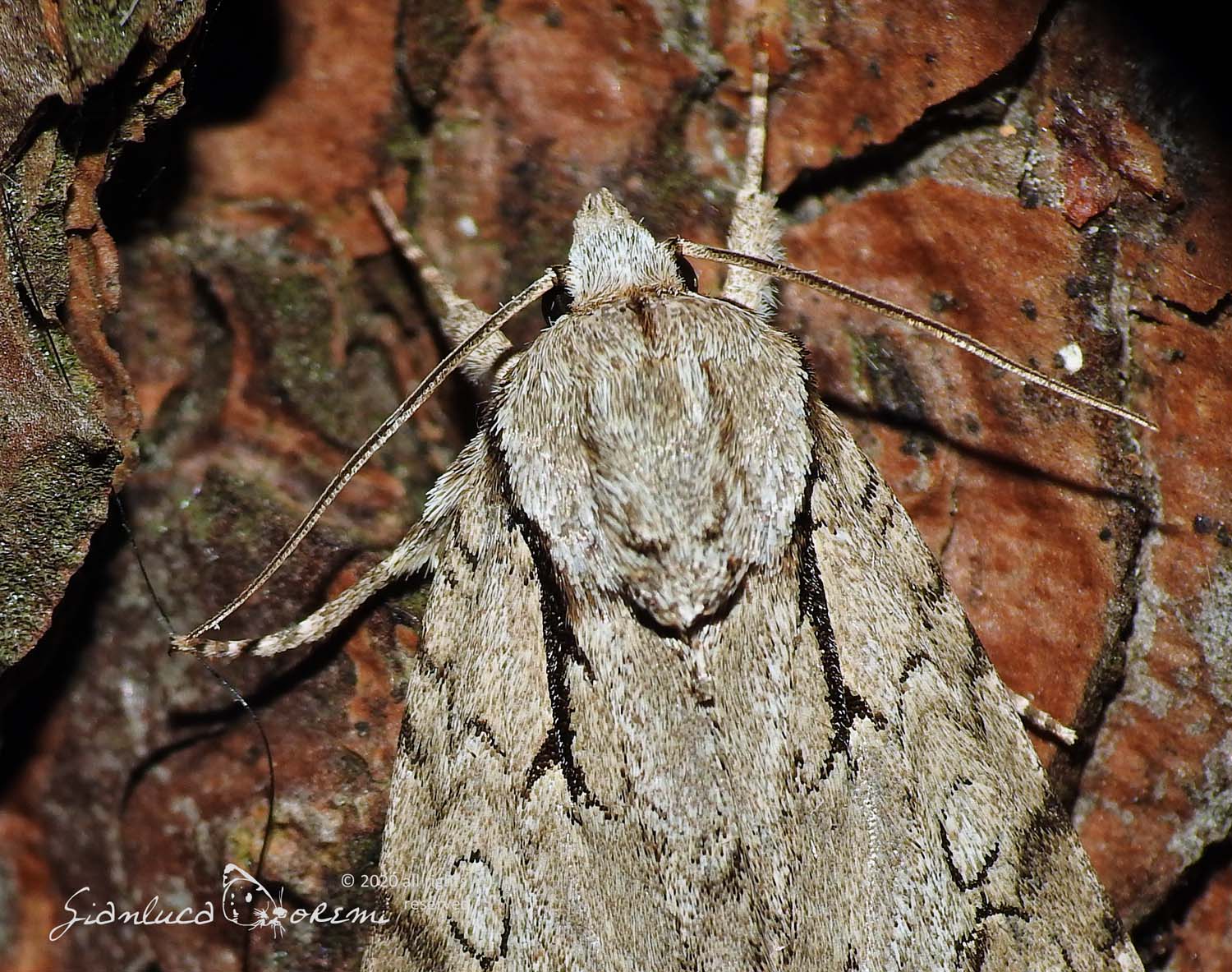
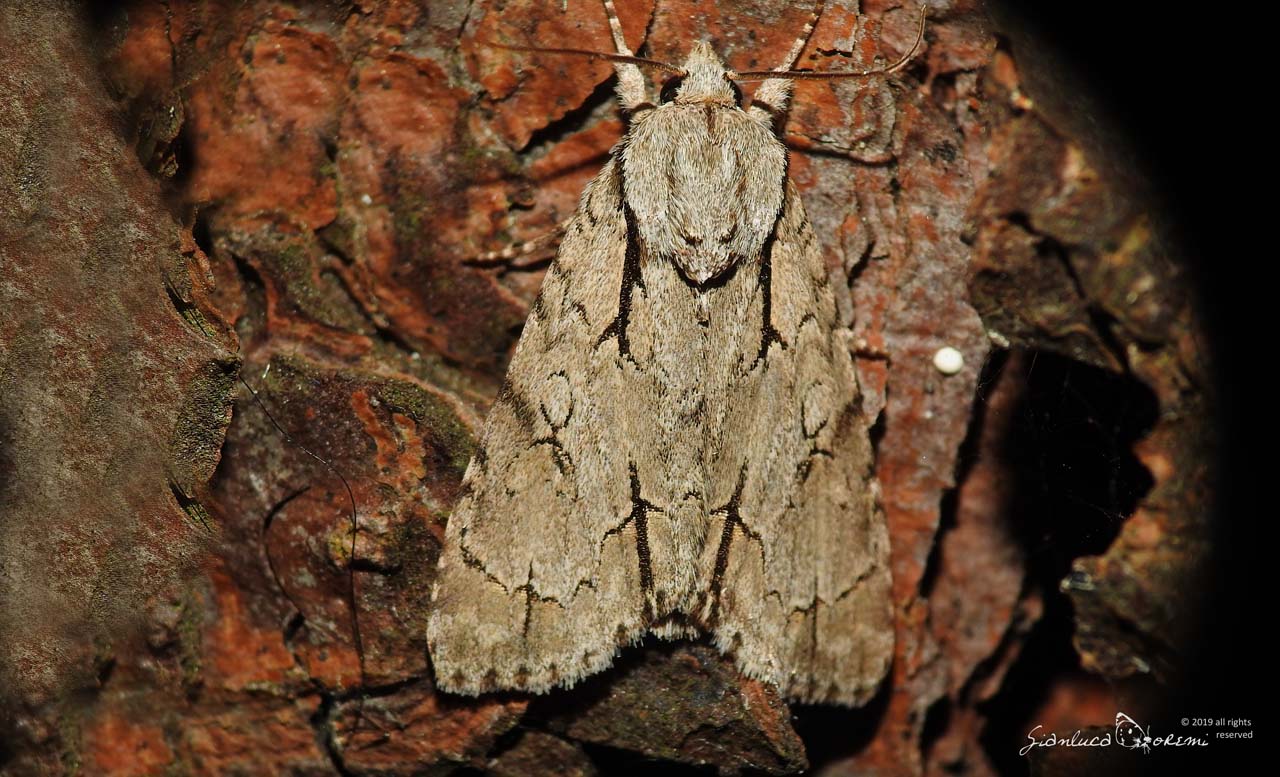
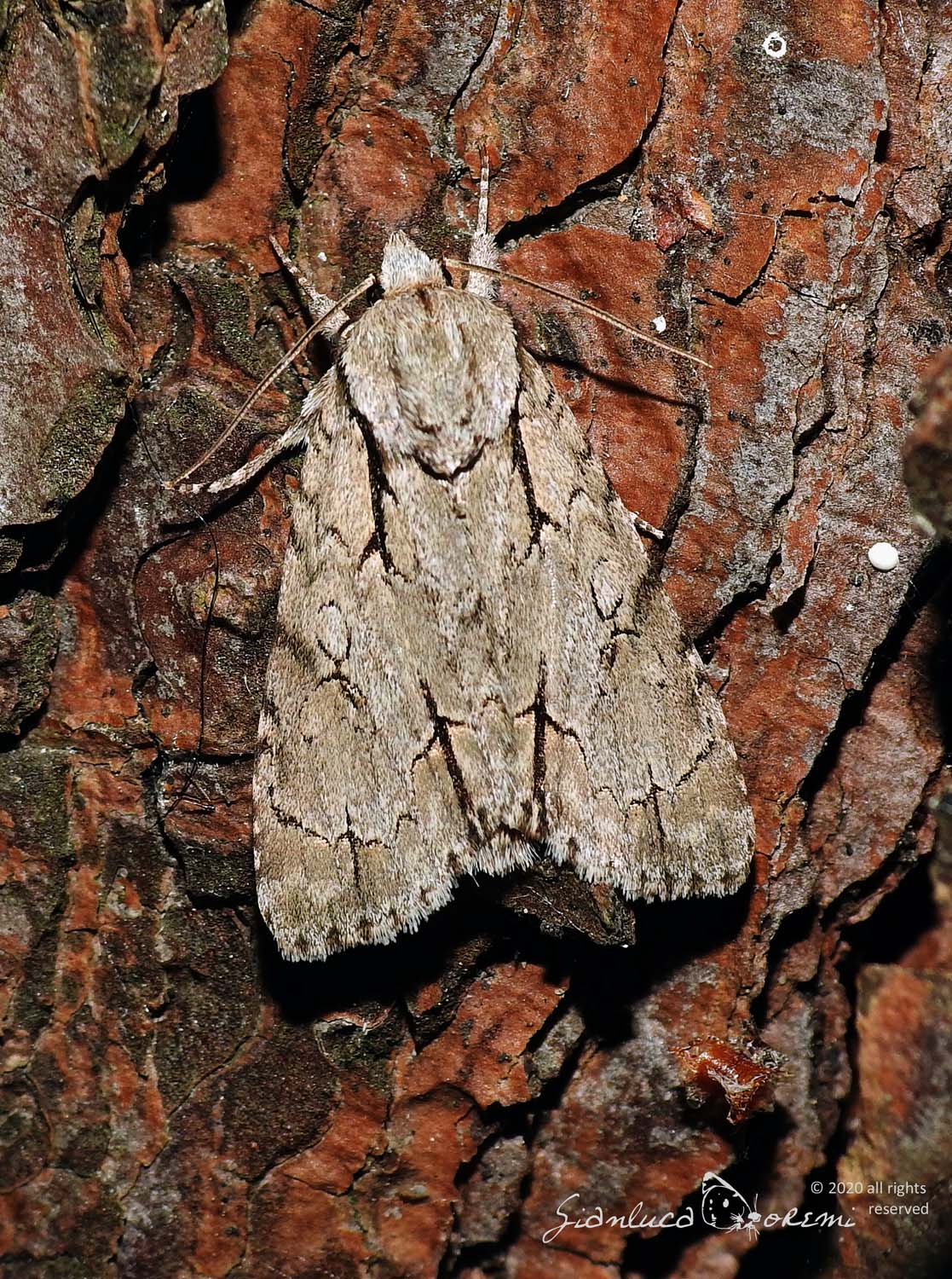
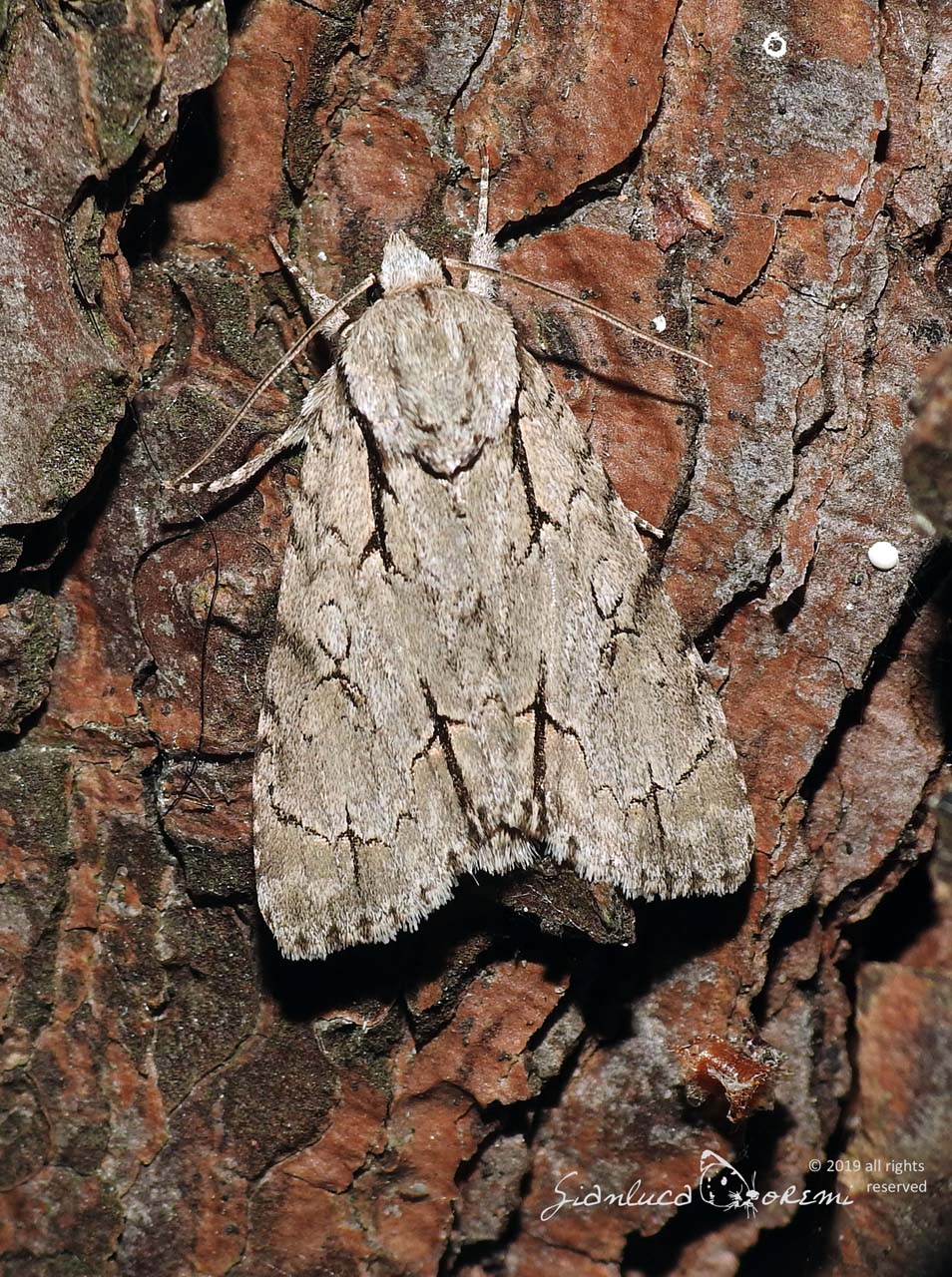

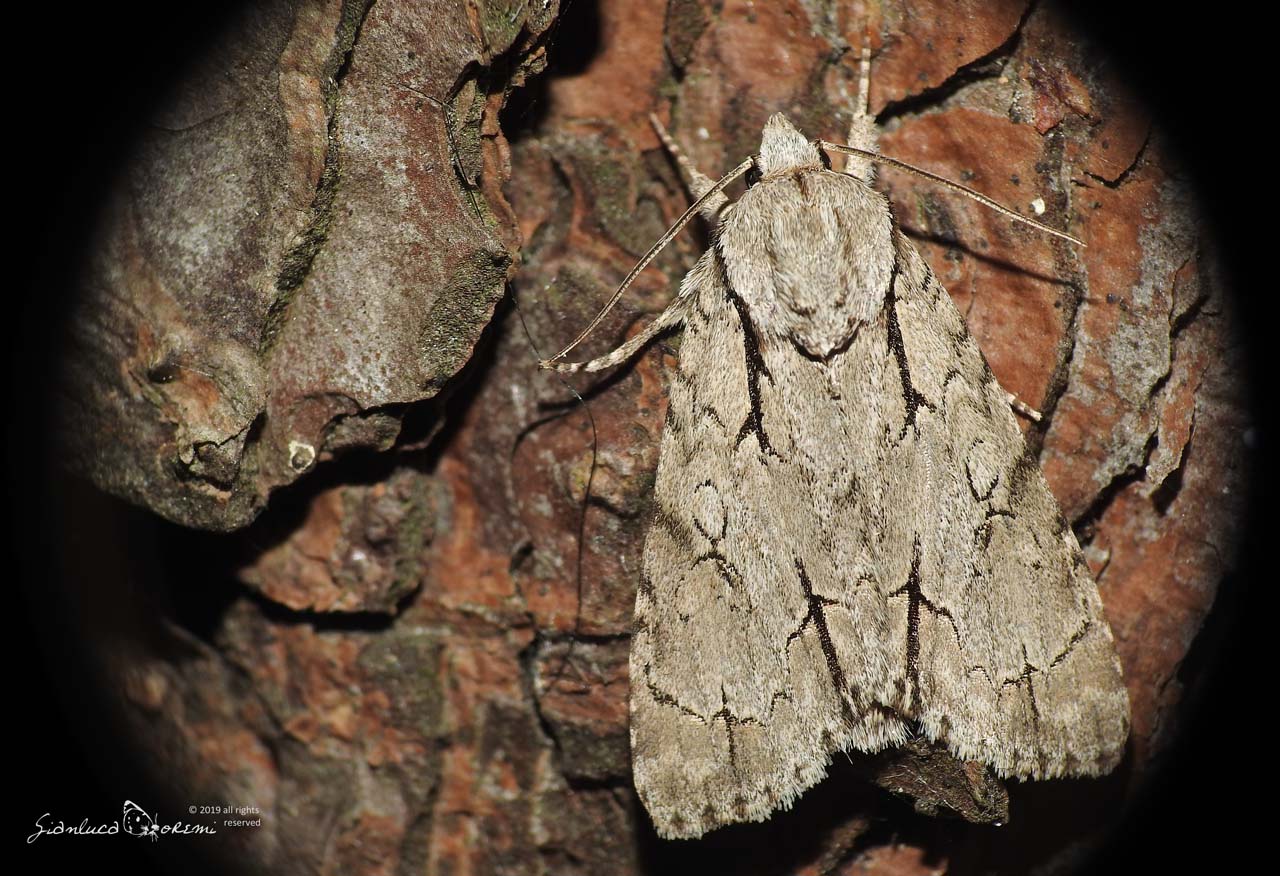
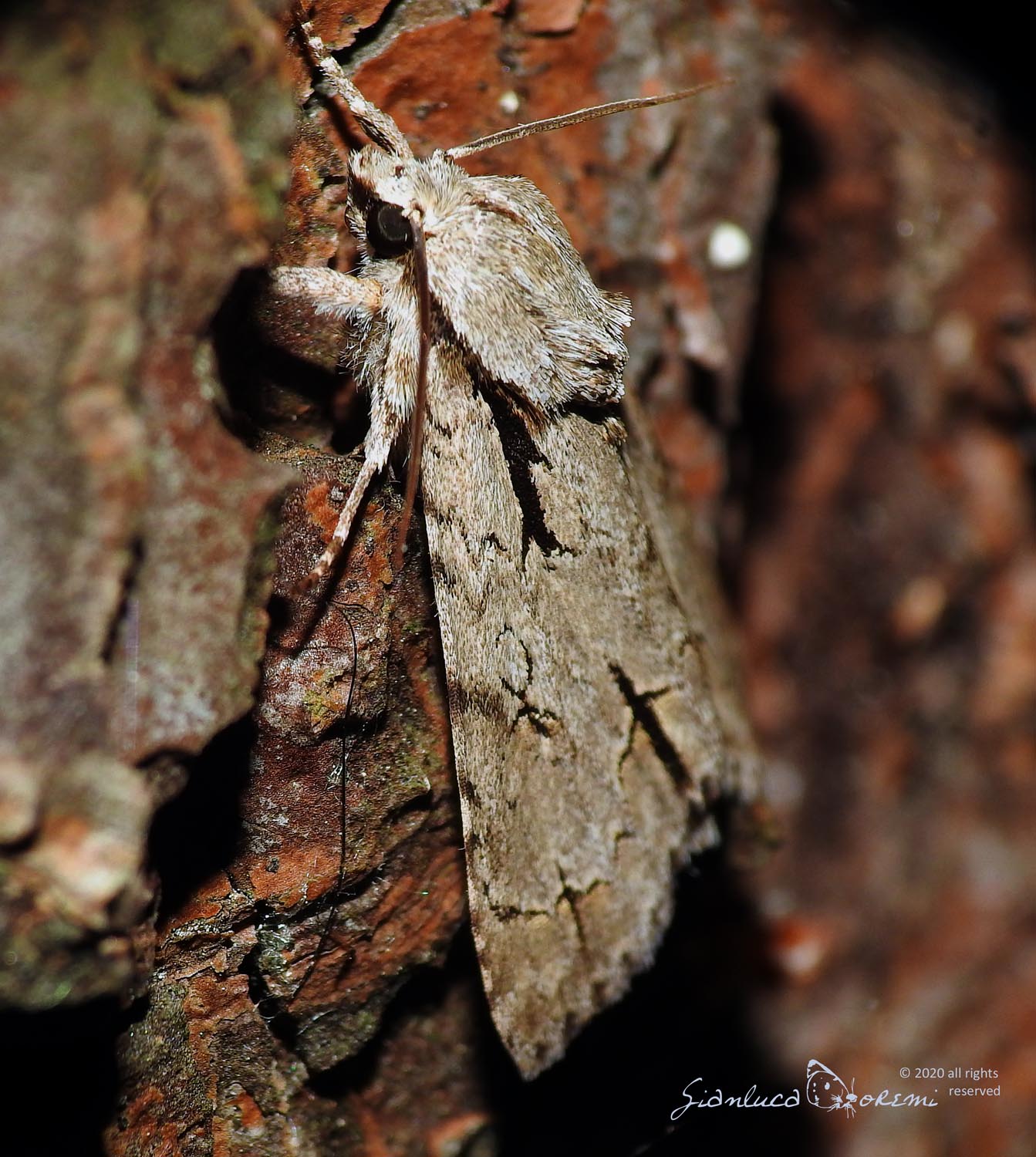

 EN
EN ITA
ITA
Social and publications